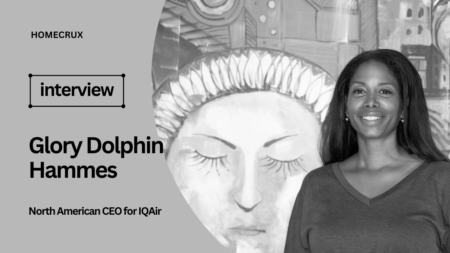Ever since the broadening of the industrial footprint, thousands of furniture, lighting, industrial, and interior designers have come and gone. A few like Charles and Ray Eames, Florence Knoll, and Barber Osgerby cemented their legacy through functional designs while some like Gabriella Crespi and Martinelli Luce made a name for themselves with a knack for aesthetics. Todd Bracher, a New York-based designer, is of a different kind. Designing the modern appeal with functional aesthetics at the forefront, Bracher has garnered much acclaim for the elegance with which he balances his artistic vision and business acumen.
“It’s been 25 years now and it feels like time has gone fast,” Bracher reflects during an exclusive chat. Son of a cabinet maker and a school teacher, Bracher’s path to design was anything but conventional. “I grew up with a poster of 1,000 chairs from Vitra in my room. My parents aren’t design fans, so I don’t know how it got there. But I would sit every night in bed and study this poster,” Bracher recalls.
This early fascination with design led Bracher to visit Milan in 1996. It was here that he fell in love with the Salone del Mobile. Milano. A premier design fair, the allure of which mesmerizes a ‘nonchalant and not-so-design-savvy.’ Bracher was a natural prey! “If you were a lawyer, I don’t know if there’s a global event where everyone celebrates the new laws and cases,” he muses. “In design, we are shaping culture, and Salone del Mobile is a celebration of our industry, our history, and each other’s work,” states Todd.
The vibrant lanes of Milan and the convergence of past, present, and future design left an indelible mark on him. Driven by an insatiable curiosity and a desire to immerse himself in the epicenter of design innovation, Bracher relocated to Europe in 1999. The Salone del Mobile became a touchstone in Bracher’s professional life. “Each visit rekindled my creative spark, reaffirming my belief in the power of design to transform spaces and experiences. For me, the event was more than a trade show; it was a celebration of the design industry’s continuous evolution,” he states.

There comes a point in a designer’s life when everything distills down to math, magic, and moments. Add a mentor to it, and it’s a perfect synergy for a success-worthy career. Bracher embraced the same feeling during his journey to the top. Whether it was early guidance by Tom Dixon or exhibiting his first design at Salone Satellite; he drew inspiration from mentors and made the most out of every guidance and opportune moment.
Bracher recalls a significant encounter with designer Tom Dixon at the Salone Satellite underscoring the importance of embracing the business side of design, a lesson that has profoundly influenced his approach.
“I asked Tom Dixon, what do you like in design as a whole? He replied I like the business side of it. I too see design as a business tool,” he explains. “I’m a translator of sorts, aligning business objectives with market needs in a way that’s authentic and meaningful, Bracher points. Through the years Dixon and Bracher gelled up so well that the former ultimately hired him as the Design Director of Tom Dixon studio.
Only a handful of designers can boast of an association with Tom Dixon, Herman Miller, Humanscale, HBF, and Gandia Blasco in their portfolio. Bracher is one of them. Throughout his career, Bracher has collaborated with notable brands and has crafted pieces like Distil table and desk, Baby Dome lamp, and Tod side table for these industry titans.

“Aesthetics are very mathematical for me,” he explains. “Take the chandelier we designed for Swarovski-it’s beautiful because it’s functional, not because it was made to look beautiful,” he points out.
Looking ahead, Bracher is excited about his new venture, Better Lab. “We’re putting up our first products in the next few months. Better Lab is about addressing solutions for millions of people, improving their quality of life.”
A career built on simple yet elegant designs, Bracher’s aesthetic principles are deeply rooted in functionality and are based on the principles of maths and physics, which is why most of his designs are beautiful and purpose-driven. This philosophy ensures that his creations are not just visually-striking but practical and commercially viable; which is what the New York-based designer has been envisioning his whole life.
Follow Homecrux on Google News!




